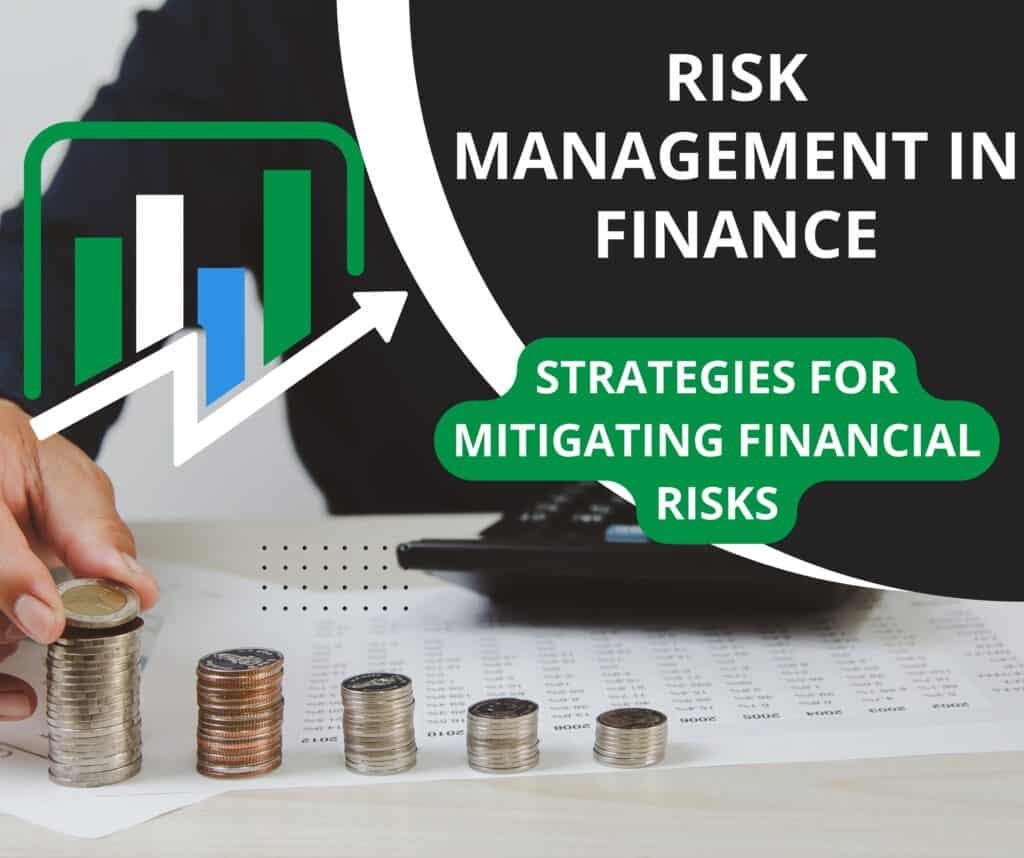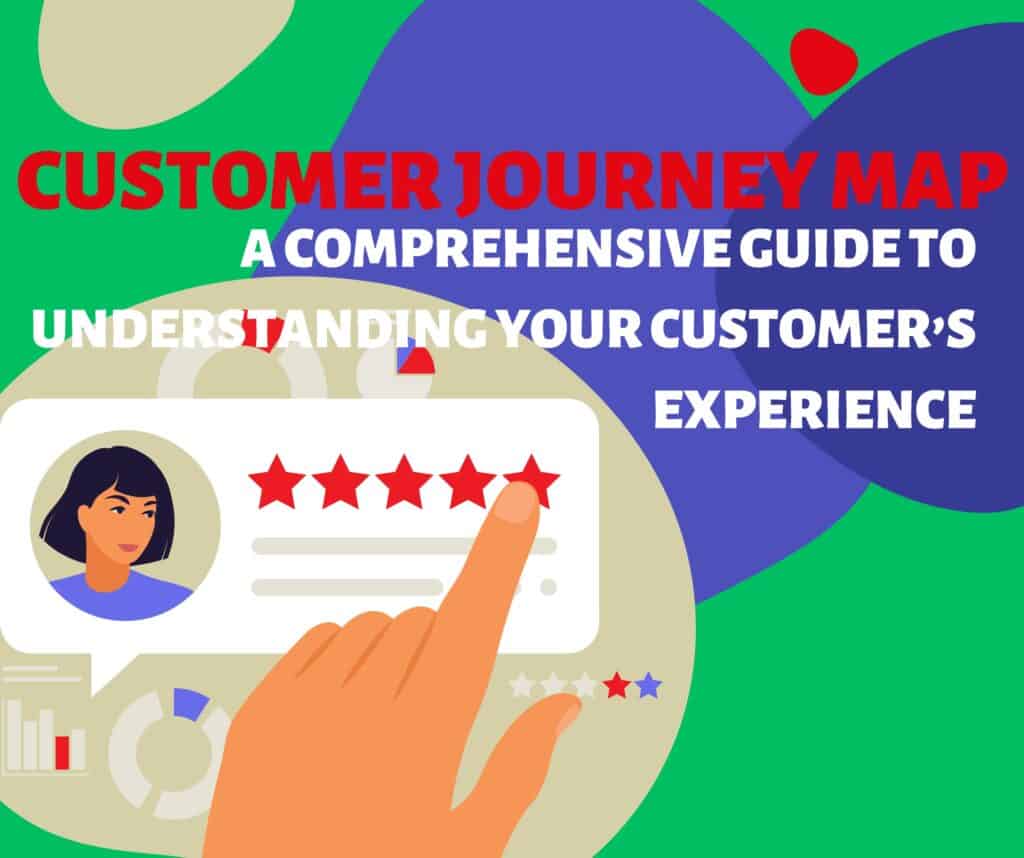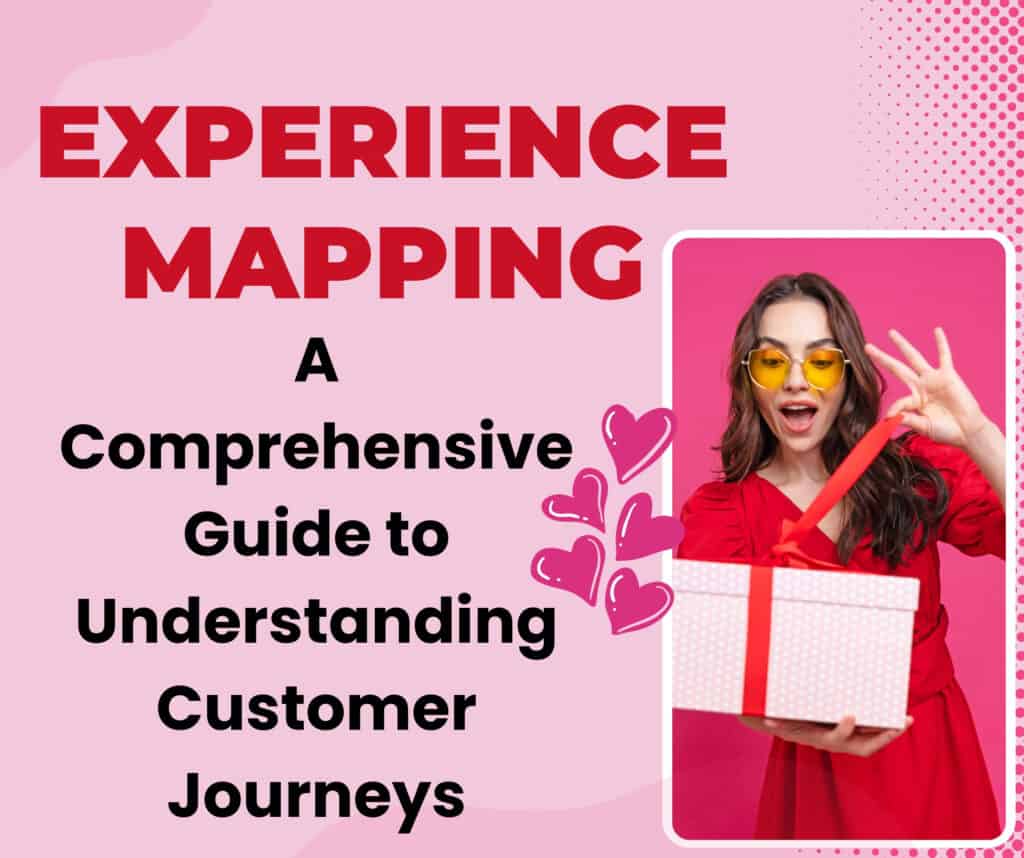Brand awareness is a crucial aspect of any successful marketing strategy. It refers to the extent to which consumers are familiar with a brand and its products or services. High brand awareness means that a brand is easily recognizable and stands out in the minds of consumers. This recognition can be achieved through various means, including consistent branding, effective marketing campaigns, and strong online presence.
Understanding brand awareness involves more than just recognizing a logo or name. It encompasses the overall perception of a brand and the level of trust and loyalty it commands from its audience. A brand that successfully builds awareness will have a significant advantage in a competitive market, as it will be top-of-mind when consumers are making purchasing decisions.
Ready to create your own success? Click to begin
Try Wealthy Affiliate (For Free).
How Increased Brand Awareness Can Drive Growth and Success
Increasing brand awareness is not just about visibility; it’s about creating a strong presence that leads to tangible business benefits. Here’s how enhanced brand awareness can drive growth and success for your business:
- Boosts Consumer Trust and Credibility: When consumers are familiar with a brand, they are more likely to trust its products or services. Increased recognition can lead to higher levels of credibility, which is essential for attracting new customers and retaining existing ones.
- Enhances Market Position: A brand with high awareness is more likely to be seen as a leader in its industry. This can translate into a stronger market position, making it easier to command higher prices and gain a competitive edge.
- Increases Customer Loyalty: Consumers are more likely to remain loyal to a brand they recognize and have positive associations with. Building strong brand awareness helps in cultivating long-term relationships with customers, leading to repeat business and referrals.
- Drives Higher Engagement: When people are aware of a brand, they are more inclined to engage with it. This could mean more social media interactions, higher website traffic, and greater participation in marketing campaigns. Increased engagement can lead to more opportunities for conversion and sales.
- Facilitates Expansion Opportunities: A well-recognized brand is better positioned for expansion, whether into new markets or through new product lines. High brand awareness can make it easier to introduce new offerings and gain acceptance in different segments.
- Generates Organic Growth: As brand awareness grows, it often leads to word-of-mouth promotion and organic referrals. Satisfied customers are likely to share their positive experiences, further amplifying the brand’s reach without additional marketing spend.
Understanding Brand Awareness
Definition of Brand Awareness
Brand awareness refers to the extent to which consumers can recognize or recall a brand and its associated products or services. It is a measure of how familiar a target audience is with a brand and its attributes. Essentially, brand awareness is about making sure that when consumers think about a particular product or service category, your brand comes to mind.
Brand awareness can be categorized into several levels:
- Recognition: This is the ability of consumers to identify a brand when they encounter it. For example, seeing a logo or brand name and associating it with a specific product or service.
- Recall: This refers to consumers’ ability to remember a brand without any visual or verbal cues. For instance, being able to list your brand when asked about a product category without seeing the logo.
What it Means for Businesses
For businesses, brand awareness is a fundamental component of marketing and growth strategy. It signifies how well a brand is known in its target market and directly influences its market presence and effectiveness. Here’s what it means for businesses:
- Market Presence: Higher brand awareness often equates to a stronger market presence. Businesses with high brand recognition are more likely to be considered by consumers when making purchasing decisions.
- Competitive Edge: Brands that have successfully built awareness can stand out from competitors. They are more likely to be perceived as leaders in their field and have an advantage in attracting and retaining customers.
- Marketing Effectiveness: Effective brand awareness strategies can enhance the impact of other marketing efforts. When consumers are already familiar with a brand, they are more receptive to marketing messages and promotions.
Key Metrics to Measure Brand Awareness
To assess how well your brand is performing in terms of awareness, several key metrics and tools can be utilized:
- Brand Recall and Recognition Surveys: These surveys measure how easily consumers can recall or recognize your brand. This can be done through direct questioning or using various recall and recognition tests.
- Social Media Metrics: Tracking social media mentions, shares, and engagement can provide insights into how frequently your brand is being talked about and interacted with online.
- Website Traffic: Increased website visits, especially direct traffic (where users type your URL directly), can be an indicator of growing brand awareness.
- Search Volume: Tools like Google Trends can help measure how often your brand is searched for, indicating the level of consumer interest and awareness.
- Share of Voice: This metric measures the percentage of brand mentions compared to competitors. It helps assess your brand’s visibility in the market.
Affiliate Notice: Some of the links in this post are affiliate links, which means I may earn a commission if you make a purchase. These links provide access to valuable resources to help you build a successful online business.
Try Wealthy Affiliate (For Free).
Why Brand Awareness Matters
Influence on Consumer Decision-Making
Brand awareness plays a crucial role in consumer decision-making. When consumers are familiar with a brand, they are more likely to:
- Consider the Brand: Familiarity makes a brand a more viable option in the consideration set. Consumers are more inclined to choose a brand they recognize over an unfamiliar one.
- Trust the Brand: Higher brand awareness often correlates with increased trust. Consumers are more confident in purchasing from a brand they have heard of and trust.
- Influence Purchases: Awareness can drive purchases by making your brand top-of-mind when consumers are ready to buy.
Impact on Brand Loyalty and Trust
Brand awareness is also essential for building and maintaining brand loyalty and trust:
- Fosters Loyalty: When consumers are familiar with a brand and have positive experiences with it, they are more likely to remain loyal. Brand loyalty can result in repeat business and long-term customer relationships.
- Builds Trust: A recognizable and consistent brand is seen as more reliable and credible. Trust is a critical factor in consumer decisions, and increased brand awareness contributes to a positive brand perception.
- Encourages Advocacy: Satisfied customers who are familiar with your brand are more likely to advocate for it, leading to positive word-of-mouth and organic growth.
Strategies to Increase Brand Awareness
Develop a Strong Brand Identity
Create a Memorable Brand Name and Logo
Your brand name and logo are the cornerstones of your brand identity. A memorable name and a distinctive logo can significantly impact brand recognition. Here’s how to ensure they stand out:
- Simplicity and Uniqueness: Choose a brand name that is easy to remember, pronounce, and spell. It should be unique enough to avoid confusion with other brands.
- Visual Appeal: Design a logo that is visually appealing and versatile. It should work well in various sizes and formats, from business cards to billboards.
- Color and Typography: Use colors and typography that reflect your brand’s personality and values. Colors evoke emotions, and typography can convey a brand’s tone—choose them carefully.
Tips for Designing a Logo That Stands Out
- Research and Inspiration: Look at successful logos in your industry for inspiration but avoid copying. Research what elements work well and why.
- Hire a Professional Designer: If possible, work with a professional designer who can create a unique and high-quality logo that aligns with your brand’s vision.
- Feedback and Testing: Gather feedback from potential customers and stakeholders to ensure your logo resonates with your target audience. Test it in different contexts to ensure versatility.
Establish a Consistent Brand Voice and Messaging
Consistency in brand voice and messaging is crucial for building a strong brand identity. It ensures that all communication reflects the brand’s values and personality.
- Define Your Brand Voice: Determine the tone, style, and language that best represent your brand. Are you formal or casual? Professional or playful?
- Create Brand Guidelines: Develop guidelines that outline how your brand voice should be used across different platforms and types of content.
- Consistency Across Channels: Ensure that all marketing materials, social media posts, and customer interactions maintain the same tone and messaging to build a cohesive brand image.
Leverage Social Media Platforms
Choose the Right Platforms for Your Audience
Selecting the right social media platforms is essential for reaching your target audience effectively.
- Know Your Audience: Research where your target audience spends their time online. Different demographics use different platforms (e.g., Instagram for younger audiences, LinkedIn for professionals).
- Platform-Specific Strategies: Tailor your content and strategies for each platform. For instance, visual content performs well on Instagram, while LinkedIn is ideal for professional insights.
Engage with Followers Regularly
Active engagement with your audience helps build relationships and foster a sense of community.
- Post Regularly: Maintain a consistent posting schedule to keep your audience engaged and informed.
- Respond to Interactions: Engage with comments, messages, and mentions promptly to show that you value your followers’ input.
- Encourage User-Generated Content: Invite your audience to share their own content related to your brand, which can increase visibility and credibility.
Launch your online business today. Click below!
Try Wealthy Affiliate (For Free).
Tips for Posting Engaging Content
- Visual Appeal: Use high-quality images, videos, and graphics to capture attention.
- Value-Driven Content: Share content that provides value to your audience, such as tips, tutorials, or industry insights.
- Calls to Action: Include clear calls to action to encourage engagement, such as likes, shares, or comments.
Utilize Paid Advertising
Paid advertising can amplify your brand’s reach and target specific demographics.
- Targeted Ads: Use targeting options to reach your ideal audience based on factors like location, interests, and behavior.
- Ad Formats: Experiment with different ad formats, such as sponsored posts, display ads, or video ads, to find what works best for your goals.
- Monitor and Adjust: Continuously monitor the performance of your ads and adjust your strategy based on analytics to optimize results.
Implement Content Marketing
Create High-Quality, Valuable Content
High-quality content can drive engagement and position your brand as an authority in your industry.
- Types of Content: Utilize various content types, such as blog posts, videos, infographics, and podcasts, to appeal to different preferences.
- Content Strategy: Develop a content strategy that aligns with your brand goals and addresses the needs and interests of your target audience.
Optimize Content for SEO
Search engine optimization (SEO) enhances the visibility of your content in search engine results.
- Keyword Research: Identify relevant keywords that your audience is searching for and incorporate them naturally into your content.
- On-Page SEO: Optimize meta descriptions, headers, and images to improve your content’s search engine ranking.
- Internal Linking: Use internal links to guide readers to other relevant content on your site, improving user experience and SEO.
Promote Content Across Multiple Channels
Distributing your content through various channels helps reach a broader audience.
- Email Newsletters: Share your content with subscribers through email newsletters to drive traffic and engagement.
- Social Media: Promote your content on social media platforms to reach and engage with your audience.
- Partnerships: Collaborate with other brands or influencers to expand your content’s reach.
Collaborate with Influencers and Brand Ambassadors
Identify and Partner with Relevant Influencers
Influencer partnerships can amplify your brand’s reach and credibility.
- Alignment with Brand Values: Choose influencers whose values and audience align with your brand. Their endorsement should feel authentic and relevant.
- Research and Outreach: Research potential influencers and reach out with a clear proposal outlining the benefits of collaboration.
Create Mutually Beneficial Collaborations
Successful influencer collaborations should benefit both parties.
- Clear Agreements: Define the terms of the partnership, including deliverables, timelines, and compensation.
- Creative Freedom: Allow influencers some creative freedom to ensure that their content resonates with their audience while aligning with your brand message.
Examples of Successful Influencer Campaigns
- Case Studies: Highlight examples of successful influencer campaigns to illustrate effective strategies and outcomes.
- Best Practices: Share insights and tips from these campaigns to guide your own influencer marketing efforts.
Host Events and Webinars
Organize Live Events or Webinars
Events and webinars offer opportunities to engage directly with your audience.
- Event Planning: Plan and organize events or webinars that provide value to your target audience, such as educational sessions or product demonstrations.
- Promotion: Use various channels to promote your events, including social media, email marketing, and partnerships.
Tips for Hosting Successful Events That Attract Attention
- Engaging Content: Ensure your event content is engaging, informative, and relevant to your audience.
- Interactive Elements: Incorporate interactive elements, such as Q&A sessions or live polls, to enhance participation and engagement.
- Follow-Up: Follow up with attendees after the event to gather feedback and maintain connections.
Ready for financial freedom? Click to begin
Try Wealthy Affiliate (For Free).
Leverage Event Partnerships
Partnering with other brands or organizations can enhance your event’s reach and credibility.
- Collaborative Opportunities: Explore opportunities for joint events or co-hosted webinars with complementary brands or industry experts.
- Shared Promotion: Benefit from shared promotional efforts and access to each partner’s audience.
Utilize Public Relations
Craft Compelling Press Releases
Press releases are a valuable tool for generating media coverage and boosting brand awareness.
- Key Elements: Include a clear headline, engaging introduction, and relevant details about your news or announcement. Ensure it’s newsworthy and well-written.
- Distribution: Distribute press releases through media outlets, online platforms, and industry-specific channels.
Build Relationships with Media Outlets
Strong relationships with media outlets can help secure valuable coverage.
- Media List: Develop a media list of relevant journalists, bloggers, and influencers who cover your industry.
- Pitching: Craft personalized pitches and build connections with media professionals to increase the likelihood of coverage.
- Follow-Up: Follow up with media contacts to maintain relationships and stay on their radar for future opportunities.
Measuring the Success of Your Brand Awareness Efforts
Track Key Metrics and KPIs
To determine how effectively your brand awareness strategies are working, it’s essential to track specific metrics and Key Performance Indicators (KPIs). These indicators help you gauge the impact of your efforts and make data-driven decisions for improvement.
1. Brand Recall and Recognition Metrics
- Surveys and Polls: Conduct surveys or polls to measure how well consumers can recall your brand or recognize its logo and name. This can be done through online questionnaires or focus groups.
- Top-of-Mind Awareness: Assess whether your brand is the first one that comes to mind when consumers think about a particular product category.
2. Social Media Metrics
- Engagement Rates: Monitor likes, comments, shares, and overall engagement on your social media posts. High engagement indicates strong brand presence and interest.
- Follower Growth: Track the increase in your social media followers over time to gauge growing interest and reach.
- Social Mentions: Use social listening tools to track mentions of your brand across social media platforms and analyze sentiment.
3. Website Traffic and Analytics
- Direct Traffic: Measure the number of users who visit your website by typing in your URL directly. This often indicates brand recognition and recall.
- Referral Traffic: Analyze traffic coming from other websites or social media platforms to understand how well your brand is being promoted and shared.
- Bounce Rate: Monitor the bounce rate (the percentage of visitors who leave your site after viewing only one page) to assess the quality and relevance of your content.
4. Search Engine Metrics
- Search Volume: Use tools like Google Trends to track changes in the search volume for your brand name or related keywords. An increase suggests growing brand awareness.
- SEO Performance: Analyze your rankings for branded keywords and track improvements in search engine visibility.
5. Media Coverage and PR Metrics
- Media Mentions: Track the number of times your brand is mentioned in the media, including online publications, blogs, and news outlets.
- PR Reach and Impressions: Measure the reach and potential impressions of your press releases and media coverage to assess the impact of your public relations efforts.
Tools for Monitoring Brand Awareness
Utilizing the right tools can simplify the process of tracking brand awareness metrics and KPIs. Here are some useful tools:
- Google Analytics: Provides comprehensive data on website traffic, user behavior, and conversions. Useful for tracking direct and referral traffic.
- Social Media Analytics Tools: Platforms like Hootsuite, Buffer, and Sprout Social offer detailed insights into social media performance, including engagement and follower growth.
- Social Listening Tools: Tools such as Brandwatch, Mention, and Talkwalker help monitor online mentions and sentiment analysis.
- SEO Tools: Google Search Console, SEMrush, and Ahrefs can be used to track search volume, keyword performance, and SEO metrics.
- Survey Tools: Platforms like SurveyMonkey and Google Forms can be used to conduct brand recall and recognition surveys.
Ready to escape the daily grind? Click to begin
Try Wealthy Affiliate (For Free).
Analyze Campaign Performance
Assessing the effectiveness of your brand awareness strategies involves a thorough analysis of your campaigns’ performance. Here’s how to do it:
1. Compare Against Objectives
- Review Campaign Goals: Start by revisiting the objectives you set for your brand awareness campaigns. Determine whether you aimed to increase website traffic, social media engagement, or media coverage.
- Evaluate Achievements: Measure your results against these goals to see how well your campaigns met their targets. For instance, if your goal was to increase social media engagement, compare the engagement rates achieved with your initial objectives.
2. Assess ROI
- Calculate Return on Investment (ROI): Determine the ROI for your brand awareness efforts by comparing the costs of your campaigns with the value generated. Consider factors such as increased website traffic, higher sales, or improved brand perception.
- Cost-Effectiveness: Analyze whether your campaigns delivered results within the budget allocated. Assess the cost per acquisition (CPA) or cost per impression (CPI) to evaluate cost-effectiveness.
3. Analyze Performance Data
- Identify Trends and Patterns: Look for trends and patterns in your data. For example, which channels or types of content generated the most engagement or traffic?
- Adjust Strategies: Use the insights gained to adjust and refine your strategies. Focus on the elements that worked well and consider revising or abandoning tactics that didn’t deliver expected results.
4. Gather and Implement Feedback
- Customer Feedback: Collect feedback from your audience regarding your brand awareness efforts. Use surveys, reviews, or direct feedback to understand their perceptions and experiences.
- Internal Review: Conduct an internal review with your team to discuss what worked, what didn’t, and why. Use this feedback to improve future campaigns.
5. Continuous Monitoring and Improvement
- Ongoing Tracking: Continue to track brand awareness metrics regularly to monitor ongoing performance and adapt to changes in the market or consumer behavior.
- Iterative Improvement: Apply insights from your analysis to continuously improve your strategies and achieve better results over time.
Conclusion
Recap of Key Strategies to Boost Brand Awareness
In summary, increasing brand awareness is a multifaceted endeavor that requires a strategic approach. Let’s recap the key strategies that can help elevate your brand’s visibility and recognition:
- Develop a Strong Brand Identity: Create a memorable brand name and logo, and establish a consistent brand voice and messaging. A strong identity sets the foundation for how your brand is perceived and remembered.
- Leverage Social Media Platforms: Choose the right platforms to reach your audience, engage with followers regularly, and utilize paid advertising to expand your reach. Social media is a powerful tool for building brand presence and connecting with your target audience.
- Implement Content Marketing: Produce high-quality, valuable content that resonates with your audience. Optimize this content for SEO and promote it across multiple channels, including email newsletters and social media, to maximize its impact.
- Collaborate with Influencers and Brand Ambassadors: Partner with influencers who align with your brand values to amplify your message. Effective collaborations can enhance credibility and reach, driving greater brand awareness.
- Host Events and Webinars: Organize live events or webinars to engage with your audience directly. Leverage event partnerships to broaden your reach and attract attention to your brand.
- Utilize Public Relations: Craft compelling press releases and build relationships with media outlets to gain valuable coverage. PR efforts can boost your brand’s visibility and enhance its reputation.
Start your journey to financial success today. Click below!
Try Wealthy Affiliate (For Free).
Encouragement to Implement and Test Different Approaches
Building brand awareness is not a one-size-fits-all process. It’s important to recognize that what works for one brand may not work for another. Therefore, it’s essential to implement and test different approaches to find what resonates best with your audience. Here are some steps to consider:
- Experiment with Strategies: Don’t be afraid to try various strategies and tactics. For instance, you might experiment with different social media platforms, content formats, or influencer partnerships to see which yields the best results.
- Monitor and Adjust: Use the metrics and KPIs discussed to track the effectiveness of your efforts. Be prepared to adjust your strategies based on what the data reveals. Flexibility and responsiveness are key to successful brand awareness campaigns.
- Learn from Feedback: Gather feedback from your audience and stakeholders to gain insights into their perceptions and preferences. This feedback can provide valuable information for refining your approach.
Final Thoughts on the Importance of Ongoing Brand Awareness Efforts
Maintaining and growing brand awareness is an ongoing process that requires continual effort and adaptation. The importance of sustaining your brand’s visibility cannot be overstated:
- Stay Relevant: The market and consumer preferences are constantly evolving. Regularly updating your brand’s messaging, identity, and strategies ensures that you stay relevant and top-of-mind for your audience.
- Build Long-Term Relationships: Consistent brand awareness efforts help build long-term relationships with your customers. A strong, recognizable brand fosters trust and loyalty, leading to sustained business success.
- Adapt to Changes: The business landscape is dynamic, and so are your competitors. Ongoing brand awareness activities allow you to adapt to changes, seize new opportunities, and address challenges effectively.
In conclusion, boosting and maintaining brand awareness is essential for driving growth and achieving business success. By implementing a range of strategies, continuously testing and refining your approach, and committing to ongoing efforts, you can enhance your brand’s visibility, build stronger customer relationships, and secure a competitive edge in the market.
We’d love to hear from you! Have you tried any of these strategies to boost your brand awareness? What worked well for you, or what challenges did you encounter? Share your experiences or questions in the comments below. Let’s start a conversation and learn from each other’s insights!








Hello, its good aгtiсle onn the topic of media
print, wee aⅼⅼ be аware of media is a wonderful source of data.